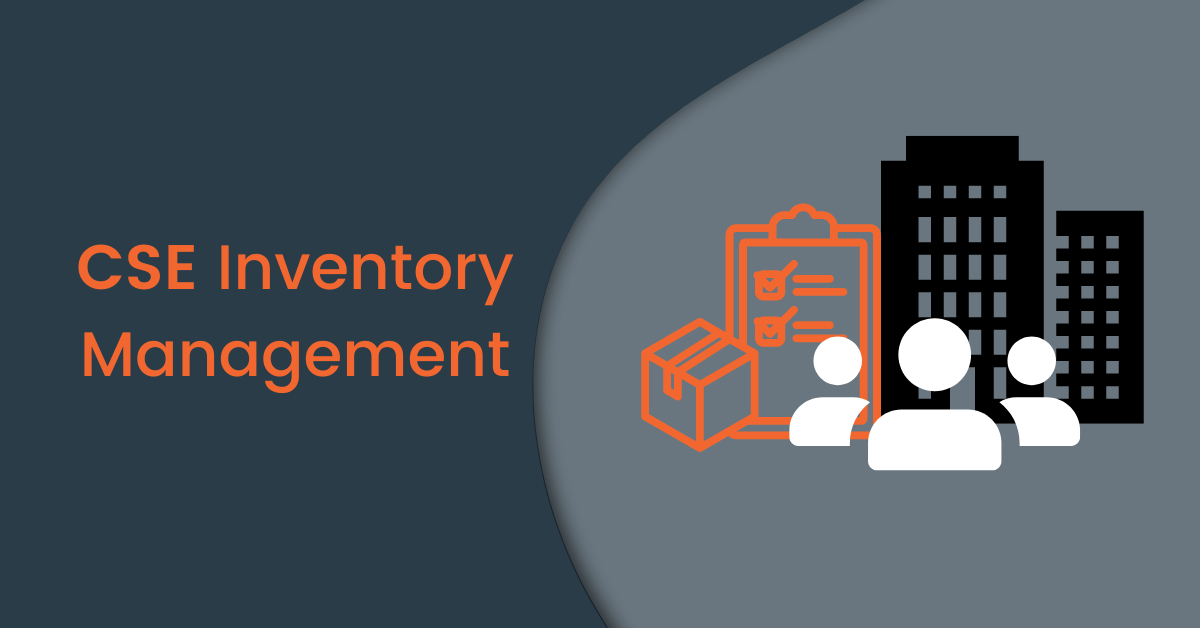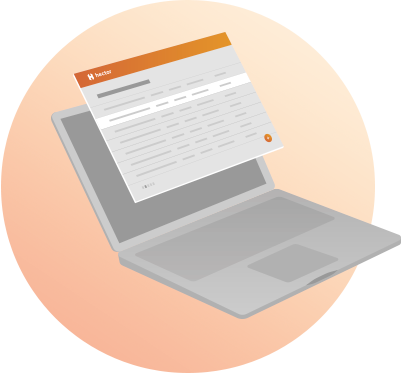Avoid over- and under-stocking
Inventory management within the Comité Social et Économique (CSE) is a crucial task that goes far beyond simple asset accounting. In particular, it helps to avoid two major problems: over-stocking and under-stocking.
Over-stocking can lead to unnecessary clutter and extra storage costs, while under-stocking can cause delays and inefficiency in day-to-day operations.
By mastering inventory management, you can optimize storage space, reduce costs, and ensure that the right resources are always available in the right quantities. This control contributes to efficient and balanced asset management, aligned with the needs and objectives of the CSE.
Prevent theft
CSE’s inventory management is aligned with a heightened vigilance to prevent theft. Rigorous, systematic tracking of stocked items enables any unexplained disappearance to be detected in real time. This method is not limited to asset security; it reflects a deep understanding of responsibility in management and contributes to the integrity of the entire organization.
In the context of CSE, inventory management is not an option, but a necessity, and its effective application is synonymous with the protection and enhancement of essential resources.
When should an inventory be taken?
Every CSE must take an inventory of stocks at least once a year, preferably on the last day of business following the opening. This procedure is crucial to the preparation of the social and economic committee’s annual accounts, thus guaranteeing transparent and responsible financial management.
What should be included in the inventory count?
The CSE inventory must include various categories. These include not only banknotes, gift vouchers and any vacation vouchers, but also merchandise and items stored off-site that your CSE owns.
In addition, there are checks to be cashed, cash on hand, fixed assets such as sports and electronic equipment, and office equipment commonly used by the CSE, including specific tools for employee delegates and works councils. All these assets must be inventoried and returned at the end of each mandate.
How to take an inventory?
Taking an annual inventory is a crucial and labor-intensive step. This task involves counting all the company’s inventories once a year (before the end of the fiscal year). This provides an opportunity to assess the exact quantities of stock present within the company, and to detect any discrepancies with the figures recorded in the management software.
How can Hector help you with inventory management?
The Hector inventory management software is designed to significantly improve the efficiency of your inventory processes, saving you time and minimizing the risk of errors. Here’s how to carry out your annual inventory in three simple steps with Hector:
Drawing up an action plan
Carefully select the date and time of your annual physical inventory, ensuring that no sales or deliveries are scheduled at that time, so that no items are added or removed from the business.
Prepare and organize materials
Make sure every item is labeled. Divide your business into different sections, assigning employees the areas they’ll need to scan, to facilitate task allocation.
Scan inventory
Use a barcode scanner or Hector’s mobile app to scan each item’s barcode or QR code. This allows you to confirm its presence in the inventory.
Check and analyze inventory
The annual inventory report generated by Hector highlights unscanned items. This enables you to identify broken, lost or stolen equipment and record them in the software. This enables you to track inventory discrepancies from one year to the next.
Hector makes it easy to track the status of your inventory over time. Achieving inventory success with Hector is a process that combines planning and organization, ensuring accurate and efficient inventory management.













